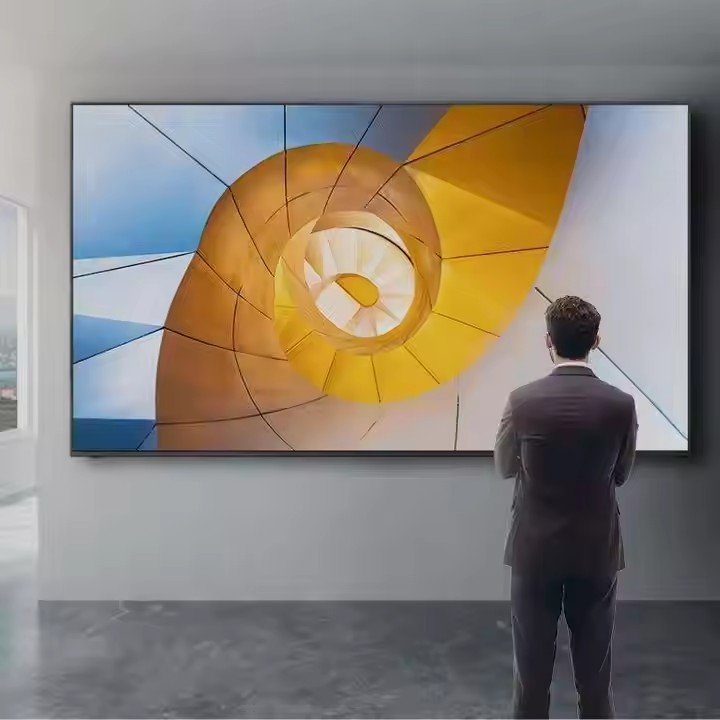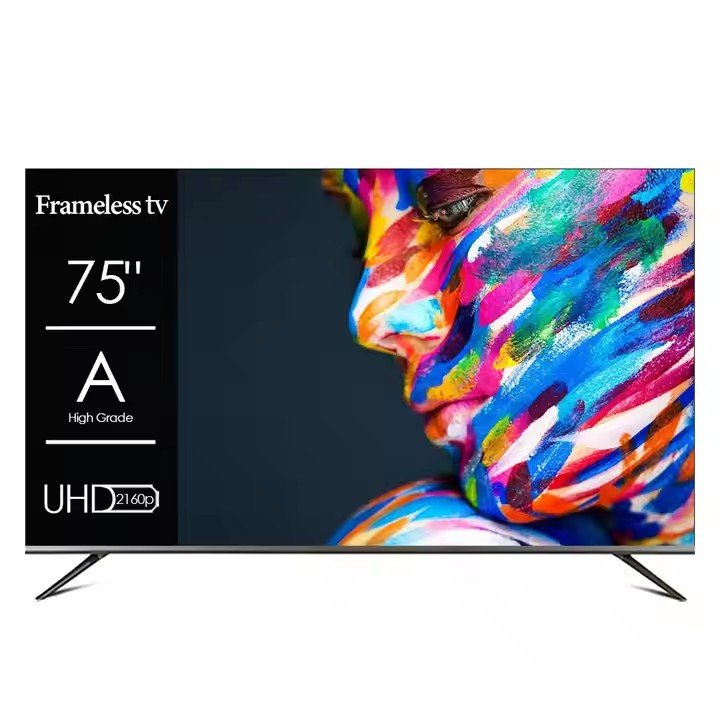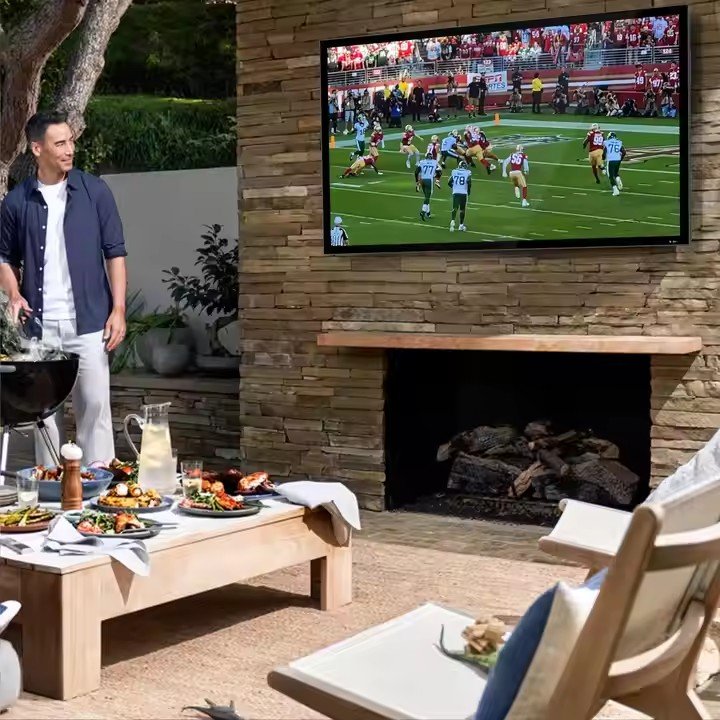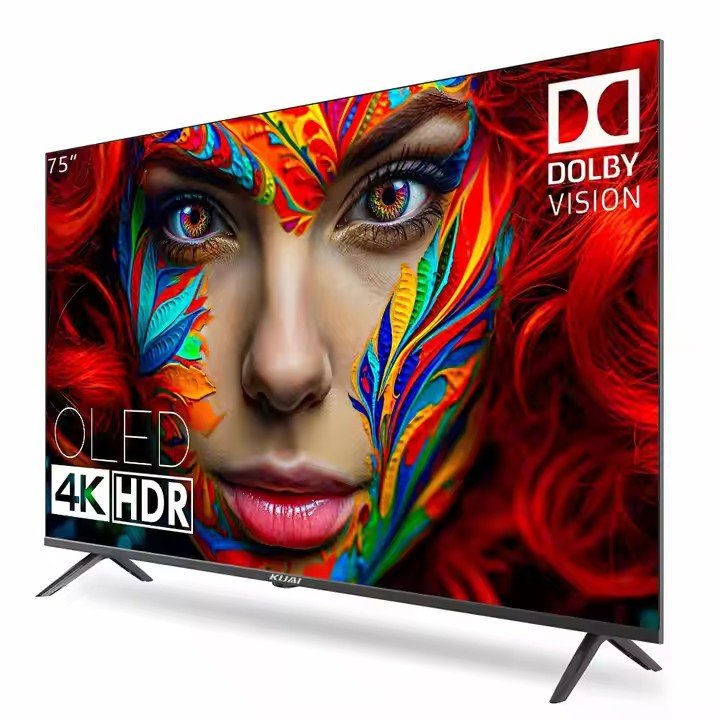Televisions have evolved into multifunctional tools driving digital transformation across industries. From retail advertising and smart hotel services to interactive education and industrial monitoring, TVs integrate advanced display tech, AI, and IoT. Their role extends beyond entertainment, enabling real-time data sharing, immersive experiences, and efficient operations in commercial, healthcare, and public sectors globally.

Smart TVs reshape the retail experience through dynamic advertising and interactive content. In shopping malls and flagship stores, intelligent screens equipped with AI can analyze customers’ gender, age, or duration of stay, and provide real-time personalized product recommendations (such as virtual clothing try on). For example, Nike stores use LG OLED TVs to display customized sneaker tutorials, and touch the screen to trigger the AR try on function. Outdoor LED billboards (such as Times Square in New York) combine facial recognition technology to adjust advertising content for different periods of pedestrian traffic. The cloud management system supports remote updates of promotional content for global stores, reducing operating costs. Retailers can also collect user behavior data through smart TVs, optimize inventory and marketing strategies, and increase conversion rates by over 20%.


Hospitals and clinics deploy smart TVs to improve patient care and remote healthcare. The 4K medical grade display screen in the ward can be connected to an electronic health record (EHR) to display medication reminders or surgical progress in real-time. For example, the Mayo Clinic uses Samsung smart TVs to play postoperative rehabilitation videos, and patients can adjust the content through voice control. The remote consultation system supports the sharing of 4K endoscopic images, helping doctors in remote areas obtain expert guidance. In the waiting area, the TV broadcasts disease prevention knowledge in a loop to reduce the cost of manual education. In addition, the intelligent screen equipped in the nursing station can monitor the call status of the ward and be linked with IoT devices (such as infusion pumps), improving the response efficiency of medical staff by 30%.

Smart TV promotes the innovation of blended learning mode. The school classrooms are equipped with interactive whiteboards, and teachers can wirelessly project 3D anatomical models or virtual laboratories (such as Harvard Medical School using the Samsung Flip series). In remote education, the TV is equipped with Zoom and Google Classroom applications, which support multi student screen collaboration to solve problems. The vocational training center broadcasts precision manufacturing processes through 8K screens, allowing apprentices to zoom in and view equipment details. Enterprises use smart TVs to conduct global employee training, such as Amazon warehouses repeatedly playing safety operation guidelines in rest areas and calculating participation rates through facial recognition. Educational institutions can also pre install courses on SD cards for offline learning in remote areas, narrowing the digital divide.
Smart TV promotes the innovation of blended learning mode. The school classrooms are equipped with interactive whiteboards, and teachers can wirelessly project 3D anatomical models or virtual laboratories (such as Harvard Medical School using the Samsung Flip series). In remote education, the TV is equipped with Zoom and Google Classroom applications, which support multi student screen collaboration to solve problems. The vocational training center broadcasts precision manufacturing processes through 8K screens, allowing apprentices to zoom in and view equipment details. Enterprises use smart TVs to conduct global employee training, such as Amazon warehouses repeatedly playing safety operation guidelines in rest areas and calculating participation rates through facial recognition. Educational institutions can also pre install courses on SD cards for offline learning in remote areas, narrowing the digital divide.


The large-scale deployment of smart TVs in transportation hubs such as subway stations and airports improves operational efficiency. Interactive navigation screen combined with real-time GPS data to plan the best transfer route for passengers (such as the Panasonic ultra narrow edge splicing screen used at Tokyo Haneda Airport). The emergency command center monitors the city’s traffic flow through a video wall, and AI algorithms predict congestion and automatically adjust signal lights. The car TV provides arrival reminders, Wi Fi QR code scanning, and local service advertisements. For example, in Shanghai subway carriages, televisions are integrated with air quality sensors to broadcast real-time environmental data. The urban management department also uses outdoor advertising screens to issue emergency alerts (such as typhoon warnings), and uses cameras to track pedestrian flow and optimize public resource allocation.
Experimente lo último en tecnología inteligente con nuestros productos de primera categoría, diseñados para elevar su estilo de vida digital.
Explore artículos en profundidad, guías técnicas y tendencias del sector para mejorar su comprensión y su viaje a la innovación con nosotros.